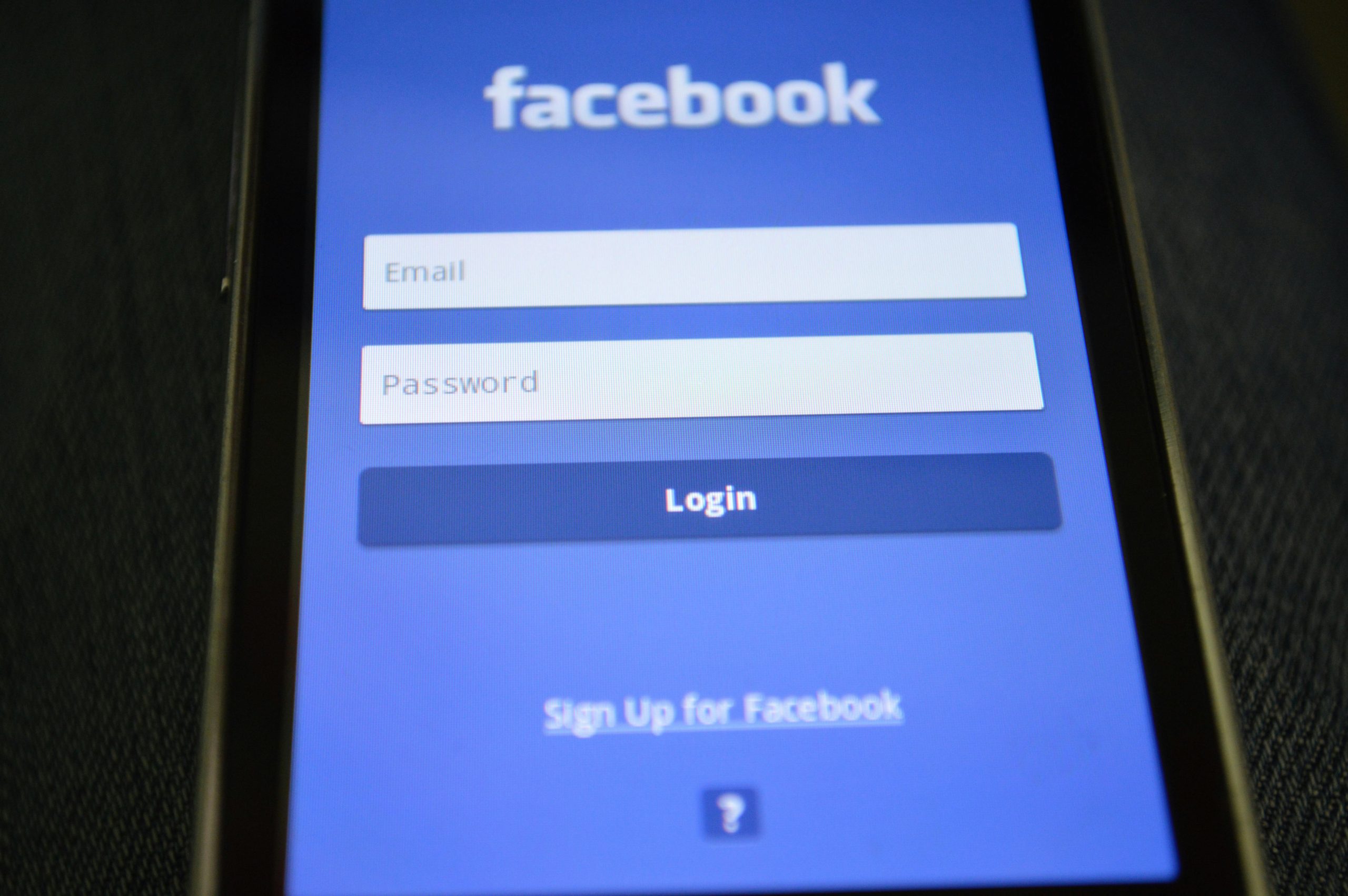Protecting Your Outlook Account: What to Do if Your Account Is Compromised
In today’s digital landscape, email accounts are prime targets for hackers due to the sensitive information they contain. If you find yourself locked out of your Microsoft Outlook account, with changes made to your security settings and no access to your original email, it’s crucial to act swiftly and strategically. Here’s a comprehensive overview of what you might be experiencing, steps to mitigate damage, and how to seek professional support.
Recognizing the Signs of a Compromised Outlook Account
Many users have reported incidents similar to the following:
- Receiving unexpected one-time passcodes via email.
- Unauthorized updates to account security information, such as added recovery options.
- Deletion of your primary email address from your account recovery options.
- Changes to your account password, rendering you unable to sign in.
- Error messages indicating that your original email address no longer has an associated Outlook account.
Such symptoms strongly suggest that your account has been compromised by malicious actors who have gained access, altered security settings, and potentially taken control of your account.
Immediate Steps to Take if Your Outlook Account Is Hacked
-
Avoid Trying to Sign In Immediately:
If your password has been changed, attempting to log in repeatedly may lock your account further or trigger security measures. -
Use Microsoft’s Account Recovery Options:
Visit the Microsoft Account Recovery Page from a trusted device. Select the “I think someone else is using my account” option. Follow the prompts closely to verify your identity and attempt to recover your account. -
Check for Unrecognized Activities:
If you regain access, review recent activity logs for unfamiliar logins or actions. This can help assess the scope of the breach. -
Secure Your Other Accounts:
If you used the same password elsewhere, change those passwords immediately. Enable two-factor authentication (2FA) wherever possible for added security. -
Update Security Settings:
Once you regain access, add or update recovery email addresses and phone numbers, and remove any suspicious or unrecognized contacts from your security info.
Understanding the Challenges: Why Recovery Can Be Difficult
In some cases, the attacker’s modifications—such as deleting your original email from recovery options—can complicate your recovery process. If Microsoft’s recovery tools prompt that the account does not exist or cannot be accessed, it indicates
Share this content:



